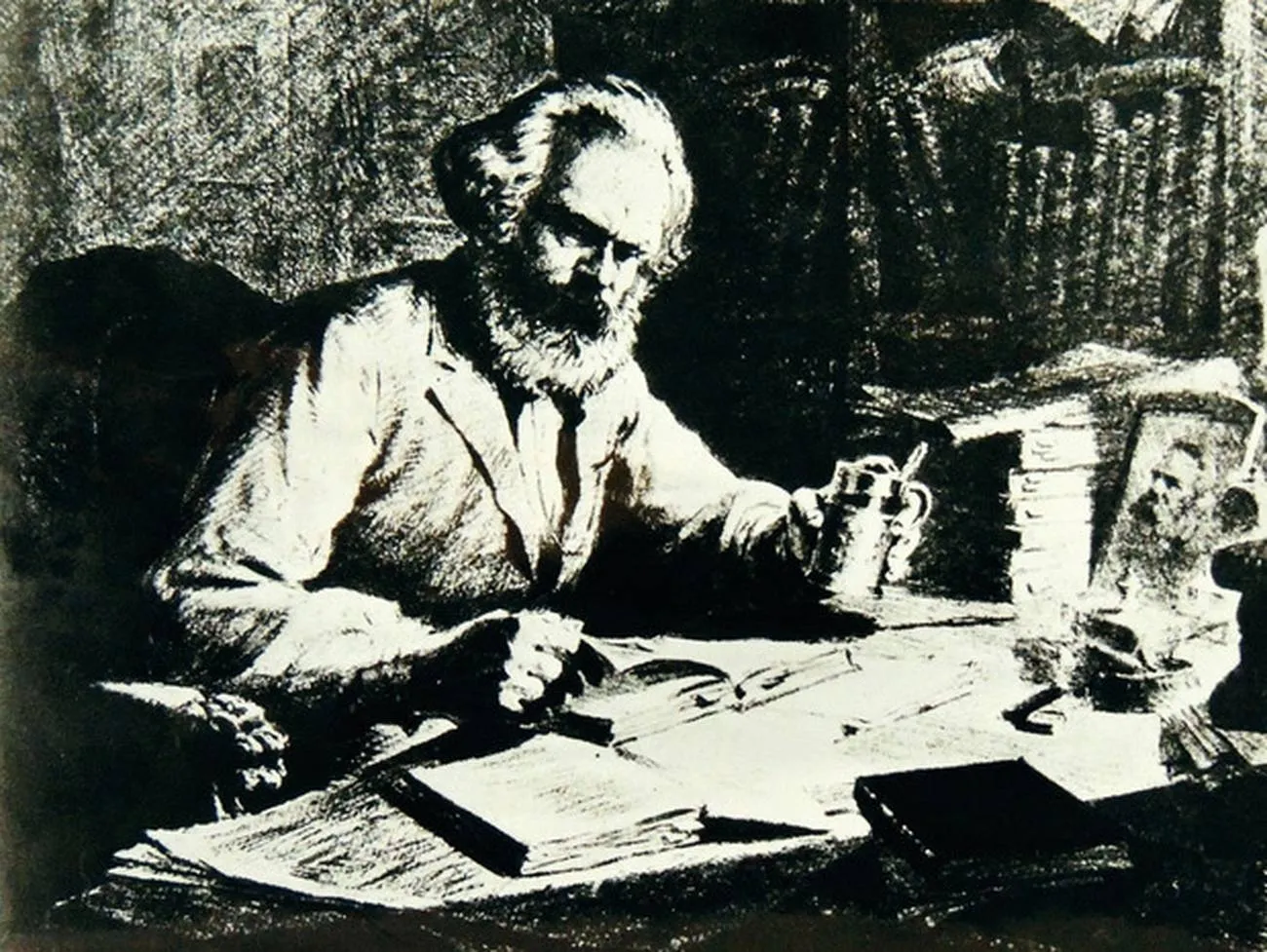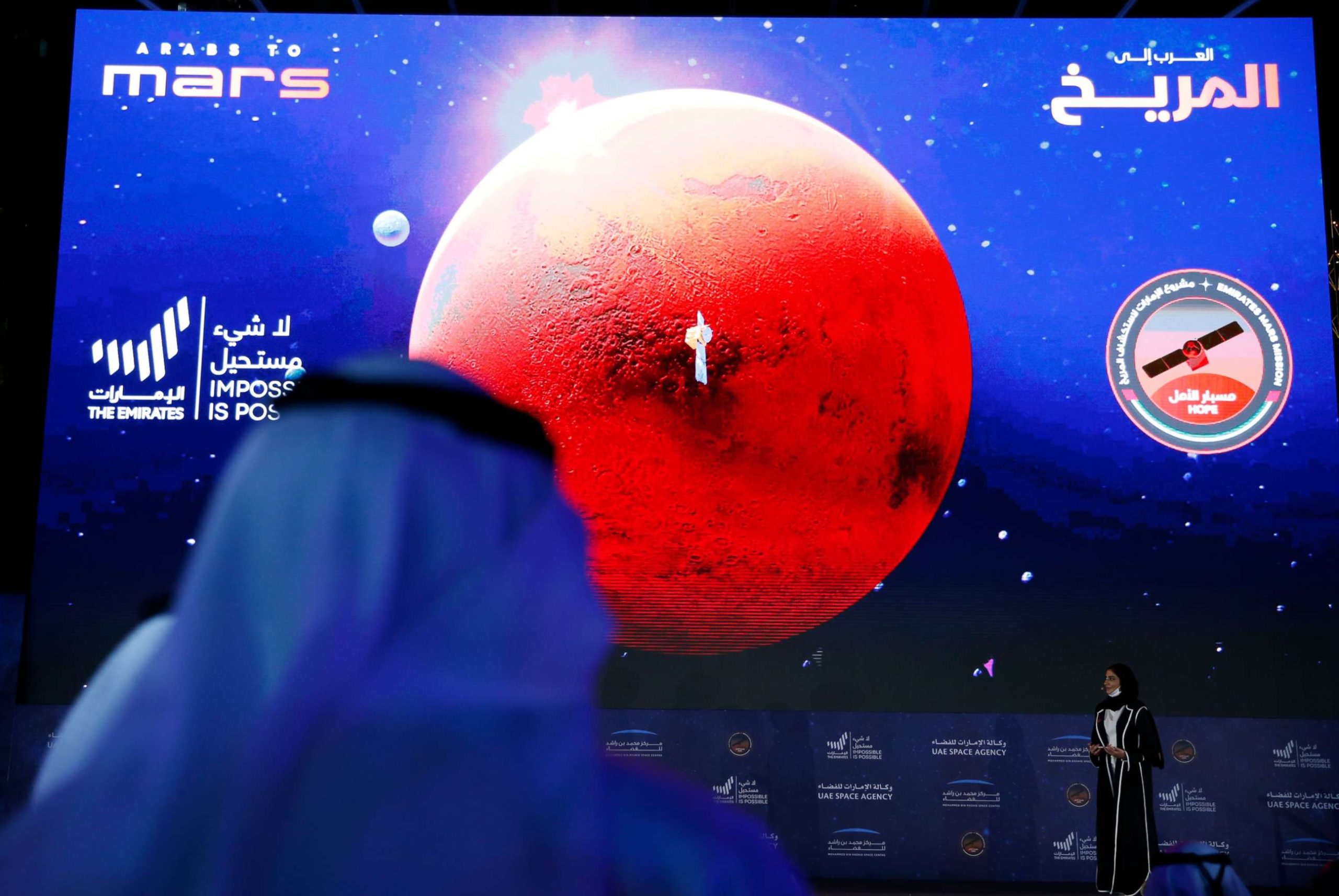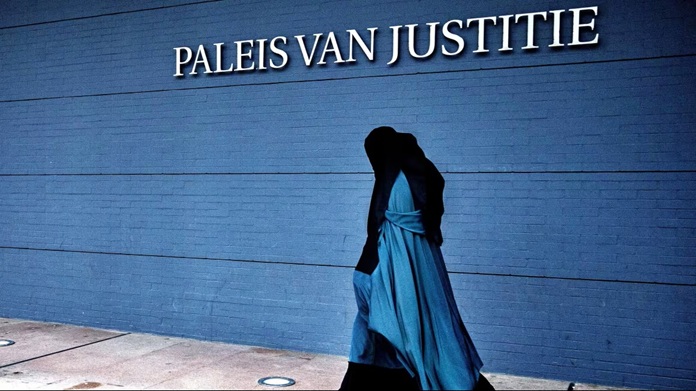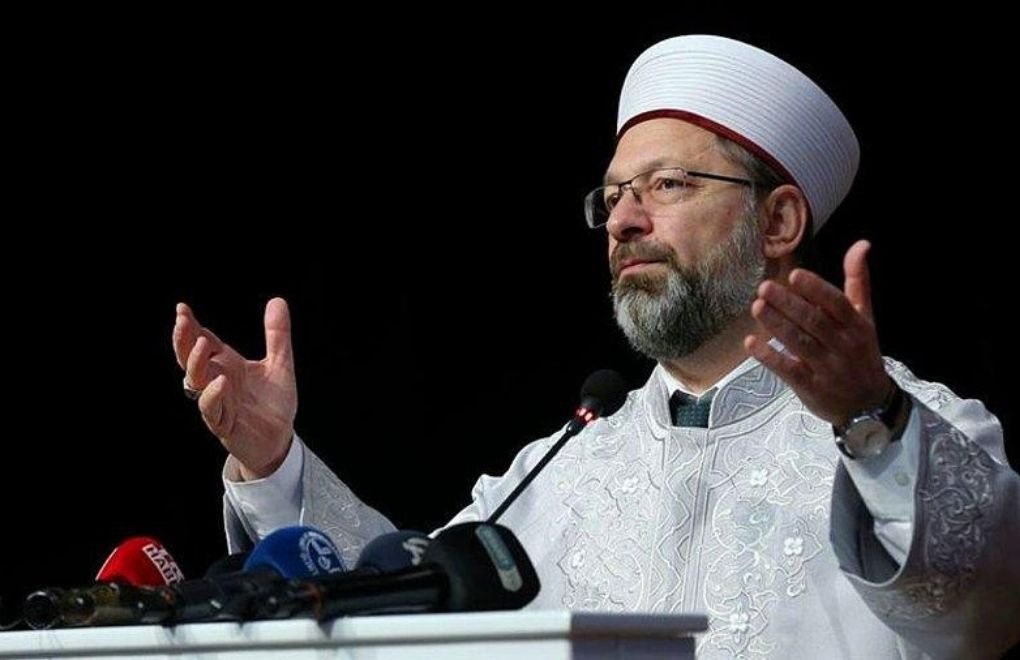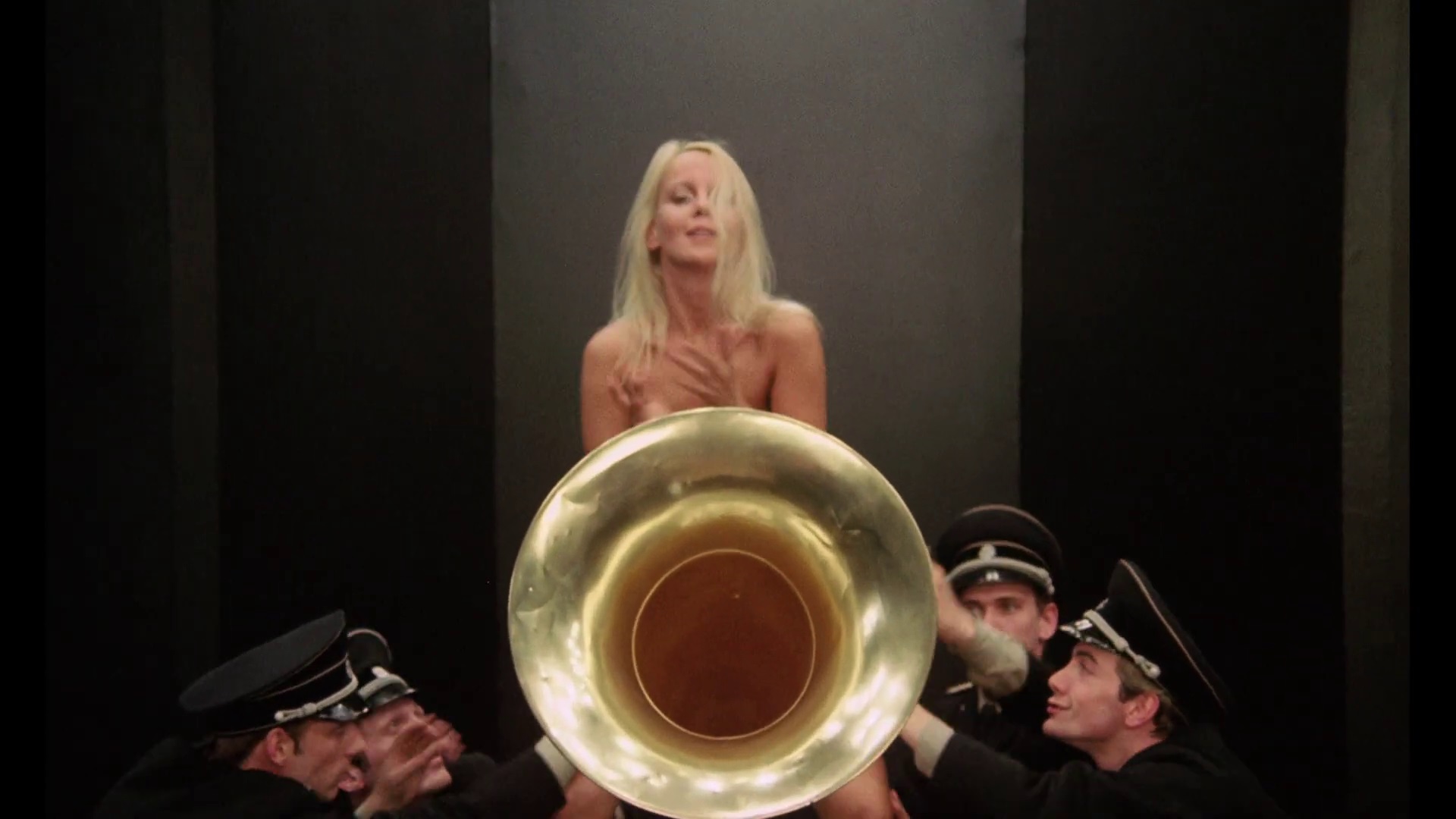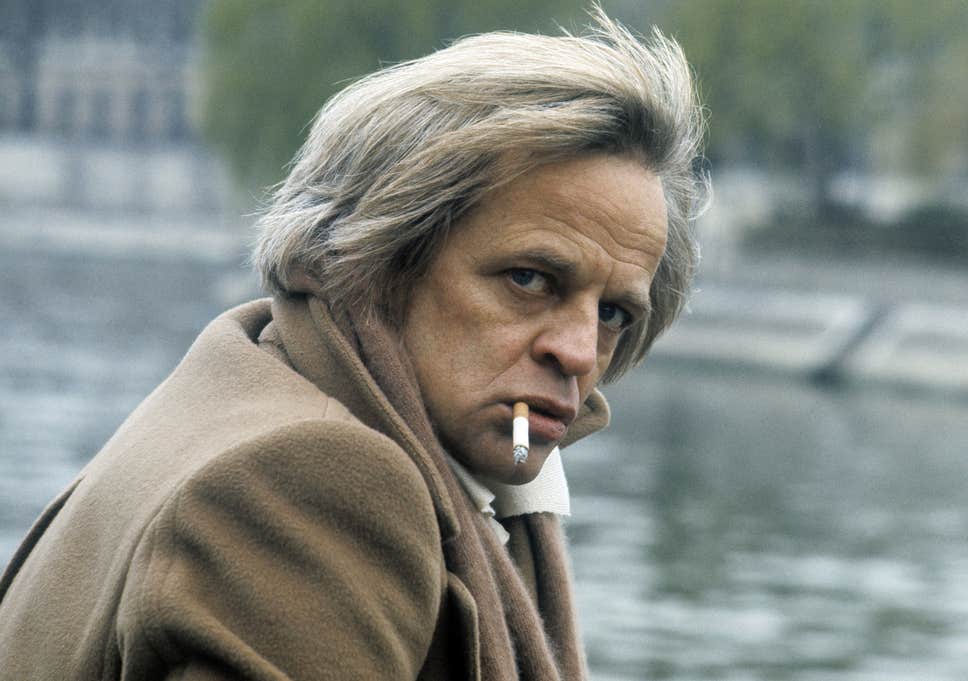
By Gouthama Siddarthan*
If a debate is initiated on the art of histrionics in the world cinema, it will pivot on German personality Klaus Kinski. Shunning the acting style born out of a director’s dictation, scenes which break out from the inner inspiration can be seen in the film, “Aguirre, the Wrath of God’’.
Directed by Werner Herzog, a pioneer in the NewWave cinema in Germany, the film revolves around a group that sets out into the forests of Peru in 11th century in search of a golden treasure. The way he delineates the role of Aguirre who kills the lieutenant of the battalion, usurps power and permeates his body with the intoxicating power is non-pareil. The evil that he exudes from his body language is a histrionic peak.
While all die on the way, he is left alone; with the golden treasure stuck in hand, he looks up at the skies and cries in pain; the scene that delineates his ferocious expression of emotions, helplessness and delirium bursting alternatively has an epic touch. A towering personality of histrionics stands before us.
By and large, the characters that Kinski portrayed were dark. The portraits were sort of inward journeys into the morally dark people’s dark recesses of heart. Such characters were quite challenging, as they were roaming about in a world of chaos marked by delirium, psychological complexity and absence of values on human relationships. In his bid to give flesh and blood to such gloomy characters, he identified himself with them in terms of histrionics to the point of becoming what he pretended to be. Such was his total involvement with the characters that at a point the border line between fact and fiction got erased.
Kinski penned a new grammar for acting by putting art and life on the same footing while the image of half-god and half-beast got constructed within him. (The words used to describe the image enchanted Tamil actor Kamalhasan to such an extent that he tried to re-construct Kinski in the character of ‘Aalavanthaan’.)
Film critics used to say that Herzog created films just on the basis of Kinski’s immense histrionic power. Herzog himself had such psychological complexities and heated state of mind. In Tamil, there have been several tidbits about the German director. For instance, the following comments can be cited: “He smuggled guns’’; “He stole camera and shot a film’’ and “To win a bet, he cooked and ate his shoe’’.
Similarly, there were such tidbits of gossiping nature about Kinski too. He could be made to act only on flaunting a gun. He once broke the camera on the shooting floor. He set afire the stage when the audience did not appreciate his acting. During an outdoor shoot, he shot at a junior actor who tried to disturb his sleep. While acting as a Dragula, he bit the throat of an actress.
All these irrelevant information, though, must be avoided and instead, one should travel into his art.
The delirium or madness of Kinski was, in fact, sparked by an inner turmoil and it broke out into a public image or an exterior form of art. But Herzog’s crazy or mad state of mind was purely inwardly oriented; it was an art’s inner search. Only when they joined hands, it turned out to be a rare sight of the combination of the inner and the outer.
When Herzog gave metaphors to power with foolishness and genius without power, it was Kinski’s body language that gave shape to the director’s art. Thus, it took two extremes to mould a histrionic summit marked by a combination of the inner and the outer.
Only on realising the taciturn sine qua non of art, both Kinski and Herzog joined again and again, even in the face of face-offs, enmity and bad blood. There were moving moments when Herzog said, “Just standing before Kinski, I got new and fresh scenes’’ and when Kinski said, “It was Herzog, who provoked the fundamental artistic feeling in me’’.
Herzog made a documentary film about Kinski, “My Best Friend: Klaus Kinski’’. In a reaction, the actor wrote disparagingly about the director in his book, “Yo Necessito Amor’’.
However, just like what happens in a children’s fight finally, both used to patch up and become friends again. That was why Hergoz was able to make Dragula more powerfully than world renowned director Francis Ford Coppola did.
On seeing both Herzog and Kinski, I believe magically they are look-alikes or each other’s doppelganger (doppelganger is a literary genre created in German by Goethe).
Images and theories about doppelganger are aplenty in the modern world literature. The literary technique of one’s self becoming a look-alike (nay, not that cheap double role in Tamil cinema) is elegantly made use of in Dostoyevsky’s novel, “The Double: A Petersburg Poem’’. This literary image is aesthetically conjured up in Edgar Allan Poe’s short story “William Wilson’’, Jorge luis Borges’ short story ‘The Other’ and Vladimir Nobokov’s novel, “Despair’’ which has been made into a film by German New Wave Cinema director Fassbinder.
Istvan Szabo, a director from the German theatre, has handled the rare histrionics tinged with madness with finesse. In the film, “Mephisto’’ which won global accolades and awards in 1981, actor Klaus Maria Brandauer acted as Hendrik Hoefgen and his performance reminded one of Klaus Kinski. Approaching this film with the mythic symbols surrounding Mephisto, a magical strain hidden in the film is brought to the fore.
In the world renowned German poet Goethe’s famous epic, ‘Faust’, an argument erupts between the God and Mephistopheles (Satan) over the question whether a basically good natured man can be corrupted. Mephisto vows to the God to corrupt a good man and comes down to the earth. He meets Dr. Faust and clinches an agreement with him, telling him, “If you accept me, I will make you a glorious man all over the world’’. After an initial hesitation, Dr. Faust accepts the Satan and then starts his saga of name and fame. But at a critical point, the doctor rejects Mephisto and the latter fails in his avowed mission. This is a German mythology.
The character Henrik in the film, ‘Mephisto’, acts out Mephisto with an objective of attaining world fame. The world gets carried away by his performance. Slowly, he is pushed to the glorious heights. The chief lieutenant of the Nazi forces praises him and feels proud of making friends with him.
During that time, Germany is in the deadly grip of Nazi forces. So, when artistes and their friends are taken to concentration camps, Henrik has to be a silent spectator, hardly raising even a murmur for he is solely preoccupied with his own image of Mephisto and taking it to the greater heights of glory. He is living in a world of make-believe, having totally identified himself with Mephisto and later, believing that he himself is Mephisto and in the whole world, only his face is left over. But it dawns him at one point of time that he is not Mephisto at all, rather the Nazi lieutenant. He stands frozen in the light seeping from the frozen darkness.
The whole film depicts with poetic touches how power and politics intoxicate an artiste.
Such rare talents Istvan Szabo and Brandauer have since disappeared. Brandauer has acted in a few films made by some other directors. And Sabo too has made some films. All of them were not notable and rather sank into oblivion. I think sometimes that it is all because they failed to come together again.
Hollywood has aped this kind of histrionic body language. From the perspective of Hollywood, which has inhaled rare arts and exhaled them all in gas, Jim Carrey took this art up with gay abandon and with a third rate satirical tinge. Batmans and Jokers have looted this rare space of madness.
2
While mentioning Herzog and Kinski as original creators of the art of madness, we have to take into account Japanese film personalities Toshiro Mifune and Akira Kurosawa who have jointly performed genre of madness.
The very mention of ‘Seven Samurai’ brings to one’s mind not only Kurosawa but also Mifune. If Kurosawa is described as a celluloid architect of Samurai, a racial identity intertwined with the Japanese culture, Mifune can be seen as an actor who delineated through his body language in greater detail the speed, anger, elegance, posture and racial emotions of Samurai.
Zen says a true Samurai is one who knows the distance between his sword and the enemy’s heart rather than the length of his weapon. This maxim is well portrayed by Mifune through his narrow eyes, grotesque leg movements and roaring body movements.
Kurosawa was said to be so engrossed in his acting talent that he deliberately created characters in keeping with the actor’s spirit.
We can see the dimension of the art of madness in the Kurosawa-Mifune pair, which worked out excellently in Herzog-Kinski.
The malice and vehemence expressed in the character of Dajomaru, a forest bandit, in “Rashoman’’, turn into an art of madness in Kinski.
The fury of a forest animal, the leg movements in hiding in the steep valley, the lust and the frenzy of the desire for woman’s flesh unfold as extensions of a state of madness.
Mifune brings alive the frenetic state of mind in all dimensions what with the leap of an animal bouncing on its prey, and the malice of the eyes burning with lust playing their game on the body.
That an extraordinary pace, a la an electric current, plays a major role in Mifune’s acting prowess, can be understood from the malice exuded by his body movements. (Tamil actor Rajinikanth, though lacking in deep histrionic powers, has a fast paced bearing that enhances his performance)
Mifune has given a new form to Shakespeare’s ‘Macbeth’ through Kurosawa’s “Throne of Blood’’ based on the Bard’s play.
The Shakespearean troupes have, for centuries on end, ferreted out various dimensions of Macbeth. But the way Mifune has delineated the malice and chaos and inner turmoil is unprecedented, toughing a new high in the art of madness. The keen euphoria born when a witch predicts about his becoming a king, the confusion prevailing at a banquet held post-coronation in the aftermath of killing of the king, the fear that wife’s disease will grip himself and the intensity of the fight with the battalions….. in portraying all these feelings, Mifune exhibits a sensorial consciousness crammed with sprightliness of a funambulist and frenzy of a mentally deranged person.
Though Mifune has acted in 182 films including Hollywood productions, it is only his performance in a few films directed by Kurosawa that he is acclaimed for, till date. Similarly, though Kinski too has acted in 130 films including Hollywood, only his acting prowess displayed in Herzog’s films is celebrated.
Yet another example of this art of madness can be cited in the South Korean films that brought into limelight Cho Jae-hyun and Kim Ki-duk. (Kim Ki-duk once said Herzog was his favourite. He also said when he went to North Germany, he stayed in vacant houses. In his film ‘3-Iron’, he set as a background Herzog’s statement that he had an ingenious skill of staying in vacant houses.)
However, these films, unlike the ones viewed earlier, do not delineate the ferocious emergence of state of madness or brutal attacks from a surging human body. On the contrary, human body accepts the physical violence, assimilates the cruelty of emotions breaking out and robs values from the moral indignation of the psychological complexities.
These films do not put forward in their scenes what we have seen earlier; the ferocity, the murderous attacks and the frenzy of an unbalanced mind. They just present sorrowful scenes and launch a cruel attack on viewers.
The helplessness of the modern man’s existence is portrayed through cruel scenes in the film ‘Bad Guy’ which is made an ‘anti-epic.’ This is the modern-day’s understanding of the art of madness.
Jae-hyun does not fret and fume, while portraying the character of a pimp with a split mindset who is pushing young girls into flesh trade. He does not move about frenetically. Without an emotional exhibitionism, his vacant body language conveys those emotions powerfully. It is a language of emptiness; emptiness and emptiness.
When woman sold out for prostitution escapes and he overpowers her and hands her over to the brothel, when later she loves him and they have a mechanical sex, and when they go out and he starts the flesh trade, investing her body, Jae-hyun exhibits a cruelly slow pace and a cruel emptiness; then it becomes the modern era’s art of madness.
In the film, ‘Crocodile’, Jae-hyun personifies the emptiness of the River Han running through the South Korean city, Seol, where he is engaged in the job of collecting dead bodies from the river. A cruel emptiness gets an artistic expression - an emptiness caused when something is lost in the modern life -, when he rapes a woman who tries to commit suicide driven by love failure.
The art of madness assumes a different image, assimilating the emptiness and misery of the modern age.
Kim Ki-duc’s films have amassed a global glory and controversies to boot. Boundless sexual violence, cruelly moving scenes, aesthetics of malice, and indifference to the traditionally established moral values and their voices of anger… all these things mark a total sense of emptiness of Kim Ki-duc who is just roaming about on the shores of madness. Jae-hyun gives life to his emptinesses.
3
I don’t agree on just speaking about world cinema. Rather I would like to create an environment of criticism about the films in my mother tongue, Tamil, which can be on a par with world standards, though most of them are made to satisfy mass tastes. It is imperative to throw a critical look at the art of acting in Tamil cinema in order to bring out some scenic images, histrionic elegance and directional expressions, beyond the arguments about fit and unfit films.
Moreover, it is mandatory for a critic to put forward a search-oriented outlook to check whether the Tamil cinema idiom has ever considered the art of madness manifest in the histrionic peak, whether it has fitted itself into the analytical framework of that art and whether it has ever tried to capture and perform, at least, a single dimension of that art.
The language of Tamil cinema has imprinted in the Tamil consciousness several cheap connotations of the image of acting. It has defined as besting acting an actor’s delineation of a wide spectrum of characters’ traits and constructed the image. But it is just an imitation variety of acting; just a masses-oriented outlook.
Every director has got his own genre. Bharthiraja could make films such as ‘Kizhakkuch Cheemaiyale’ only. Balu Mahendra cannot make ‘Neengal Kaettavai’. ‘Mozhi’ is Radhamohan’s variety. I don’t speak about the failure of these films. Only the expressions of one’s own emotions and mindset can have artistic and aesthetic elegance. Not only in cinema, but also in literature, painting and music, every artiste will concentrate only on his or her inner inspirations.
A serious or committed artiste stands on feet rooted on the plane where there is no distinction between life and art.
Likewise, an actor will be pigeonholed, depending on the way his mental uprising dormant in the inner recesses of his heart is given an expression to. Kinski has fitted himself into the image of an unbreakable bubble floating in the stream of thoughts in his inner world. That is why he was able to unfold himself as a world actor.
In Tamil, Kamalhaasan and Naaser can be cited as such actors who have performed that kind of art. They can, no doubt, be equated with the two actors mentioned above.
But here the subject of my critical analysis is how a serious state of madness turned into an art of madness.
In Tamil, there is no wholesome personality who can perform such an artistic vision. Kamal’s ‘Aalavandhan’ can be cited here and Nasser’s some characters too can be recalled in this context.
At the very, very, very least, Tamil actor Dhanush Kasturiraja can be pointed out as an artiste of the younger generation who has converted the life of mad state into the art of madness, putting both life and art on the same pedestal. However, the purpose of this article is not to prove Dhanush’s equation with Kinski in right proportions.
To put it clearly, we can say he stands at the forefront in respect of conversion of the psychology of madness dormant in his life into an art of madness. Seen from this viewpoint, his previous generation artists, Raghuvaran and Pratap Pothan, have tried to perform this magic state of madness in reality and shadow. In their cases, it was only the mad state which operated and which unfortunately failed to change into the art of madness.
It is Dhanush who has taken over with a ferocious flash at the point where they left off. In the denouement of the film, ‘Kadhal Kondaen’, his body language leapfrogs to the plane of insanity in the moments that alternate among the feelings of joy, riotous shouts and bouts of frenzy. The subtleties of mental ferocity are histrionically expressed powerfully in the scenes that show his innocence now, show his malice now, show his childishness now and show his insanity now.
In the opening scene itself in the film, ‘Pudhupettai’, he exhibits the summit of insanity where perversion, cruelty, joy and ferocity all mingle and mix with one another. Marrying someone’s bride, having sex with her at knife-point, shouting at the top of voice when the friends damage the moments of joy post-sex, and roaming about in search of power…. the protagonist gives a powerful form to the delirium and the lunacy through his body language and moves toward the bull’s eye of that much celebrated art of madness.
It is a great boon to his histrionic prowess that he has got Selvaraghavan as a director who is on the same wavelength as he is, just as Kinski and Mifune have got Herzog and Kurosawa respectively.
Kinski once said, “ I have changed into a bird while roaming about in forests during the shoot of the film, ‘Aguirre’. Dhanush echoes those words, when he says, “I feel like a beast, moving about on the street of the metro city’’’
Sure, it is a vision that elevates the idiom of the Tamil cinema to the global standards!
(Translated by Maharathi)
********
*Gouthama Siddarthan is a noted Modern Poet, short-story writer, essayist and literary critic in Tamil, who is a reputed name in the Tamil neo-literary circle. There are 15 books so for written and published, which include series of stories and essays. A Tamil literary magazine titled UNNATHAM is being published, under his editorship. It focuses on modern world literature. Ten books authored by his are being published in nine world languages (Tamil, English, Spanish, German, Romanian, Bulgarian, Portuguese, Italian and Chinese) before one month..
